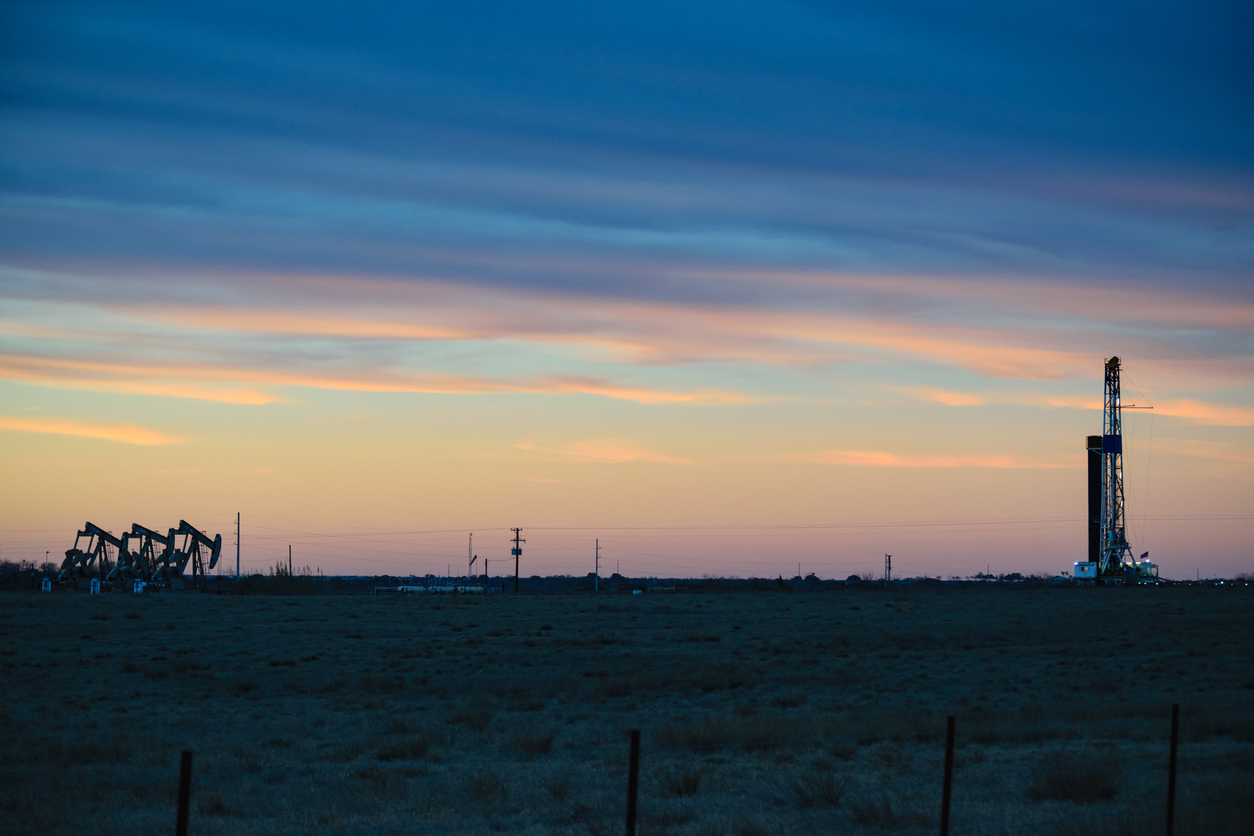The Permian Basin is a nearly bottomless resource for oil producers engaged in the area. Drillers have drawn out about 30 billion barrels of oil since commercial operations began in 1921, nearly a century ago. The most accurate estimates for the region’s future so far show that drillers have accessed less than half the oil present in even the Delaware Basin segment of the region. In this region, there is much room for production growth for decades to come.
An Engine of Growth for the Oil Industry
Oil drillers engaged in the Permian Basin currently pump close to four million bpd. Over the coming year, production should grow by a million bpd. At this rate, output should touch eight million bpd by the year 2025. In other words, a doubling of output is expected for the region now seen as one of the world’s largest fields.
ExxonMobil is one of the main producers in this region. The giant oil company banks on the Permian in its efforts to double earnings over the next half-decade. For the company, early estimates of the bounty of the Permian region have turned out to be too conservative. ExxonMobil currently plans to raise production to the equivalent of a million barrels per day by 2024. The figure exceeds earlier forecasts by 80 percent. ExxonMobil’s success in the Permian is closely connected to vast pipeline projects that will transport crude pumped from this region to refineries close to the Gulf Coast.
There Is More to the Permian Than Just Oil
The Permian’s oil output is so impressive that it usually gets most of the news coverage. The region is also rich in natural gas liquids, however. Producers in the area currently pump more than 1.5 million barrels of natural gas liquids each day, about a third of the country’s entire output. Natural gas production will more than double by 2025.
Major oil infrastructure companies have been constructing pipelines like the Shin Oak project to be able to transport natural gas liquids to refining hubs in Texas. At these centers, these liquids are separated into components such as propane, ethane and natural gasoline. These substances are valuable in the production of plastics.
Rich in Natural Gas
Drillers now pump 10 billion cubic feet of natural gas from these reserves each day. There is so much natural gas extracted from the earth here, there is often not enough pipeline capacity to transport it to facilities far away. Drillers are often forced to burn some of the gas off. Fortunately, the new Gulf Coast Express pipeline, an upcoming project, will help move excess gas. The new Permian Highway pipeline, another major project, will be online by the year 2020, and should help increase capacity as well.
These pipelines planned will reach capacity as early as the year 2021, when production is expected to more than double. There are many more pipeline projects lined up at this time to move ever-increasing quantities of gas pumped from the earth to facilities on the coast.
High Levels of Growth
According to Sigma Drilling Tech, a major manufacturer of high-tech pulsation dampeners and other pulsation control solutions used by the oil industry, the sustained growth of the Permian Basin only means that drillers need to invest in maintenance to keep their operations in top form. It takes investment to keep a drilling operation humming.
Learn More About Pulsation Control Solutions
Interested in learning more about the innovative systems offered by Sigma Drilling Technologies? We’re confident our products will change the way you look at pulsation control for your pump. To request a free demonstration, call us at (281) 656-9298 or complete our online contact form.




